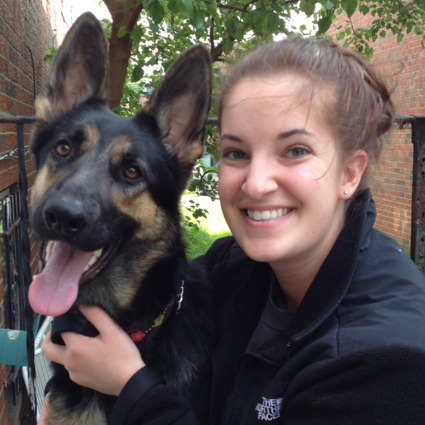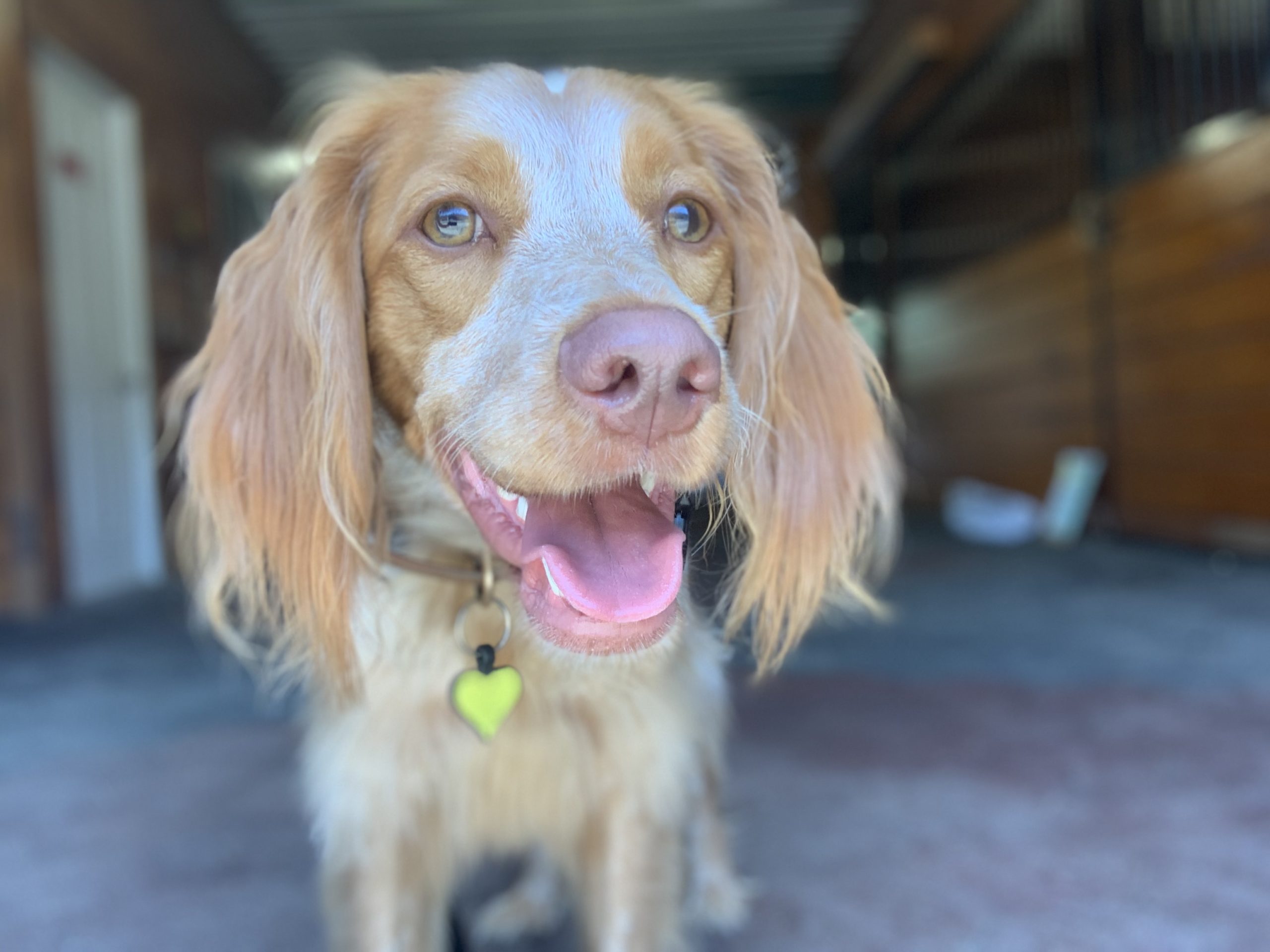Resource guarding is tough enough when there is only one dog. Adding in another dog can bring double the trouble.
Resource guarding, also known as possessive aggression, is the use of aggressive behavior or threatening behavior when in possession of or when attempting to gain control of something they have deemed valuable. The reason dogs resource guard is fear: fear of losing their delicious meal or toy or fear of having their owner’s attention stolen.
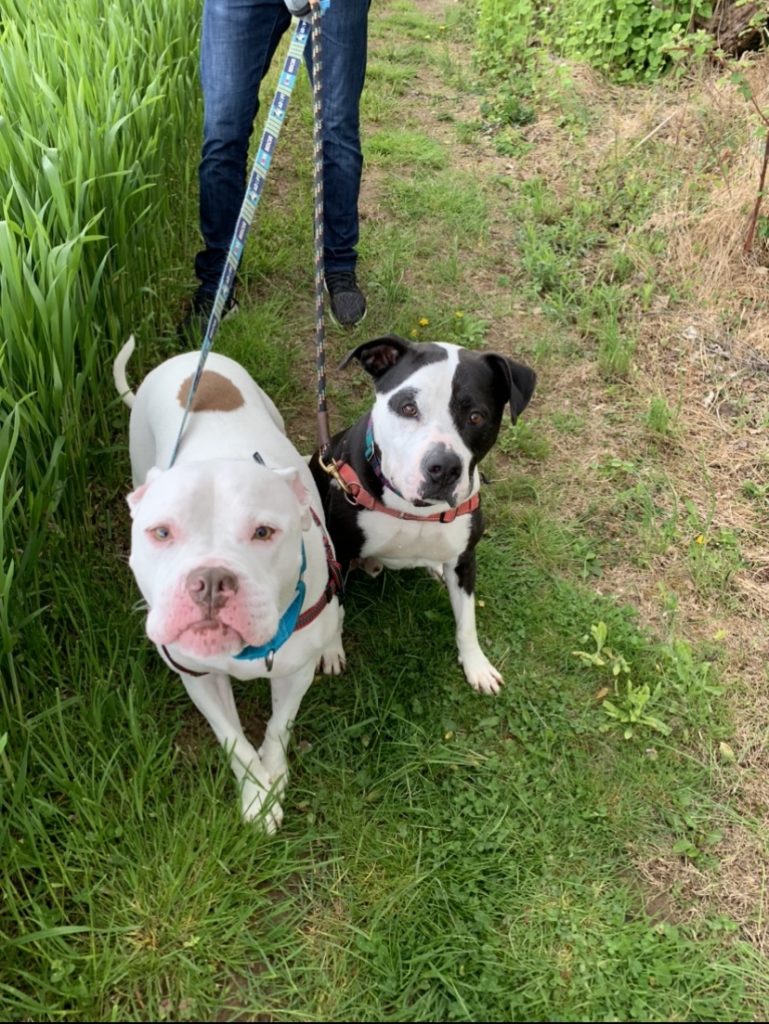
Resource guarding is a very natural and normal behavior for dogs, but there are different severity levels.
Resource guarding is most commonly seen between dog and human, dog and dog, or dog and another species. Resource guarding can be particular to each individual, and there is no reason to assume dogs will generalize their resource guarding. Dogs can and will guard all sorts of items, bones, food, toys, sticks, people, resting spots, stolen items, water bowls, and more. I have seen dogs guard holes they dug, an area of grass, a pile of snow, throw up, the potential of receiving an item, and a place where they once enjoyed or found a high-value item.
If your dog is exhibiting resource guarding, call us now to schedule a private lesson.
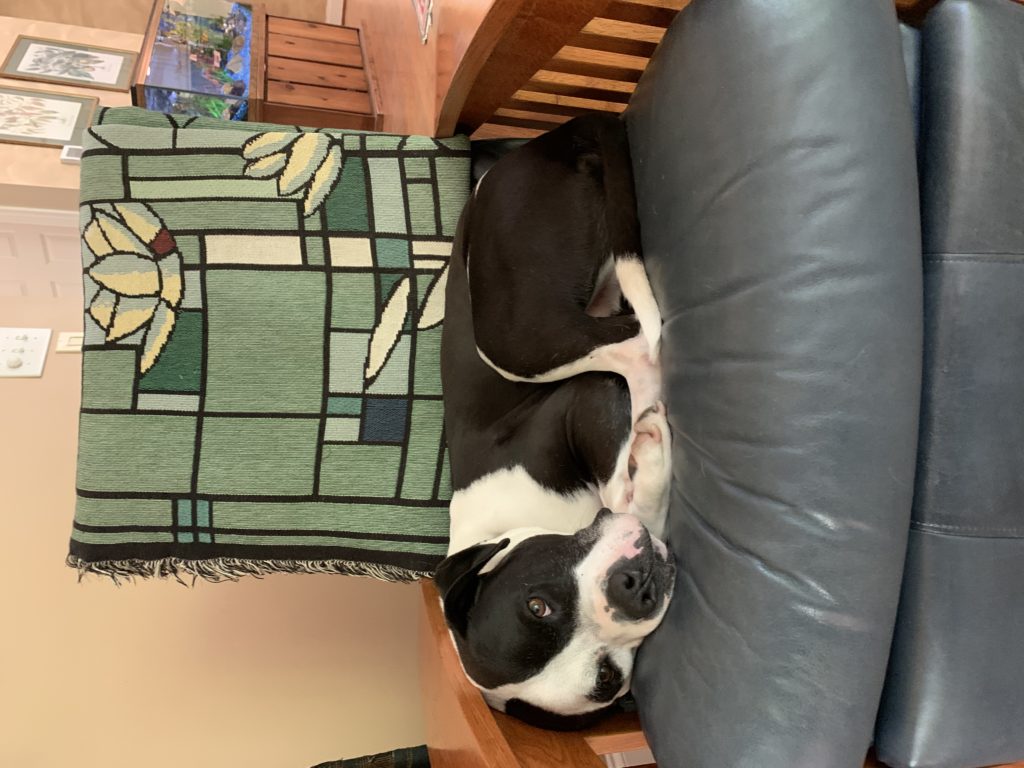
The quicker you work on these behaviors, the better. Don’t assume puppies will grow out of these behaviors, and I can’t even begin to tell you how important it is that you do not use punishment or aversive methods if your dog shows signs of resource guarding.
Step 1: Management to prevent guarding
Start your management by removing items they are guarding, restricting access by using pens, gates, or leashes, separating during play or feeding time, and telling humans who will be around dogs the rules and guidelines. I find it very helpful to keep a log of times you have seen guarding amongst your dogs. The log should include subtle signs, not just the most severe ones. You should also include as many details as you can jot down. As someone who has two dogs who resource guard, management can be frustrating at times, but I know it has saved me from breaking up fights and damage to their relationship. I also recommend having a strong foundation in basic obedience cues such as touch, leave it, recall, stay, place, eye contact, and drop it. Management should be used in conjunction with modification.
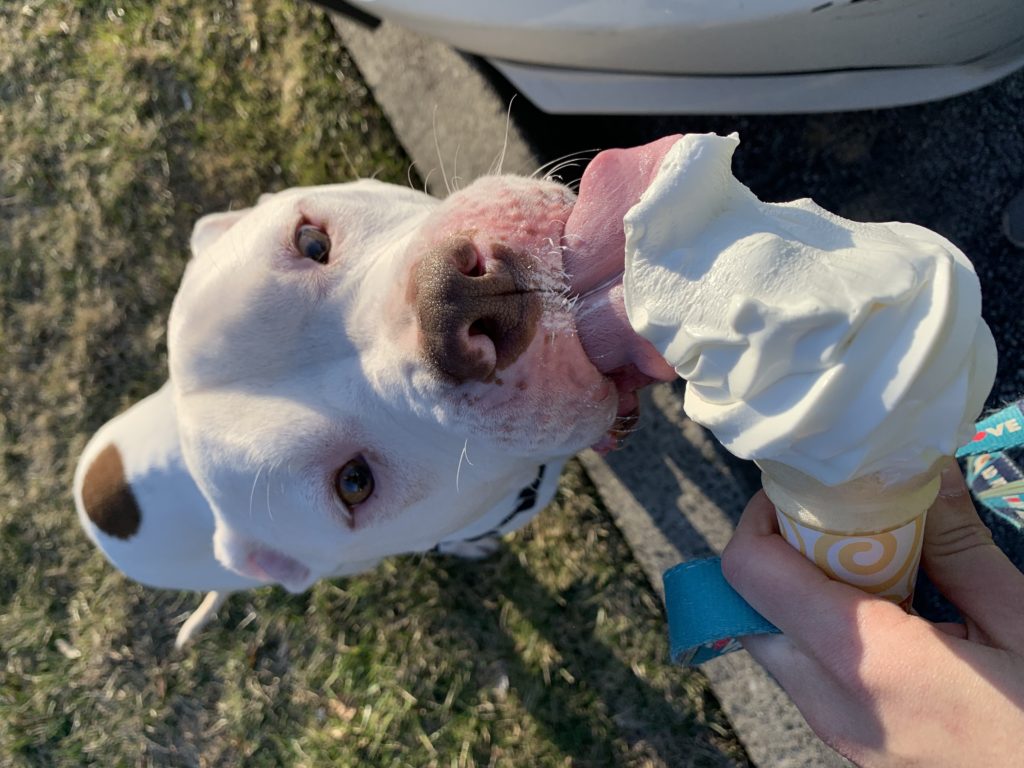
Step 2: Recondition the response
The second step is to recondition the guarding dog about what happens when another dog approaches. This means making a positive association when the other dog approaches. This concept falls under modification, which is changing the emotional response. Our goal is to keep the dog under threshold. We are looking for any signs that the dog is uncomfortable. Knowing your dog’s behaviors and body language is extremely important. Not every dog is the same but look for freezes, body blocks, removing the item, showing teeth, lip curling, and growling—some subtle signs including hard staring, subtle glances, covering the item, and increased eating speeds.
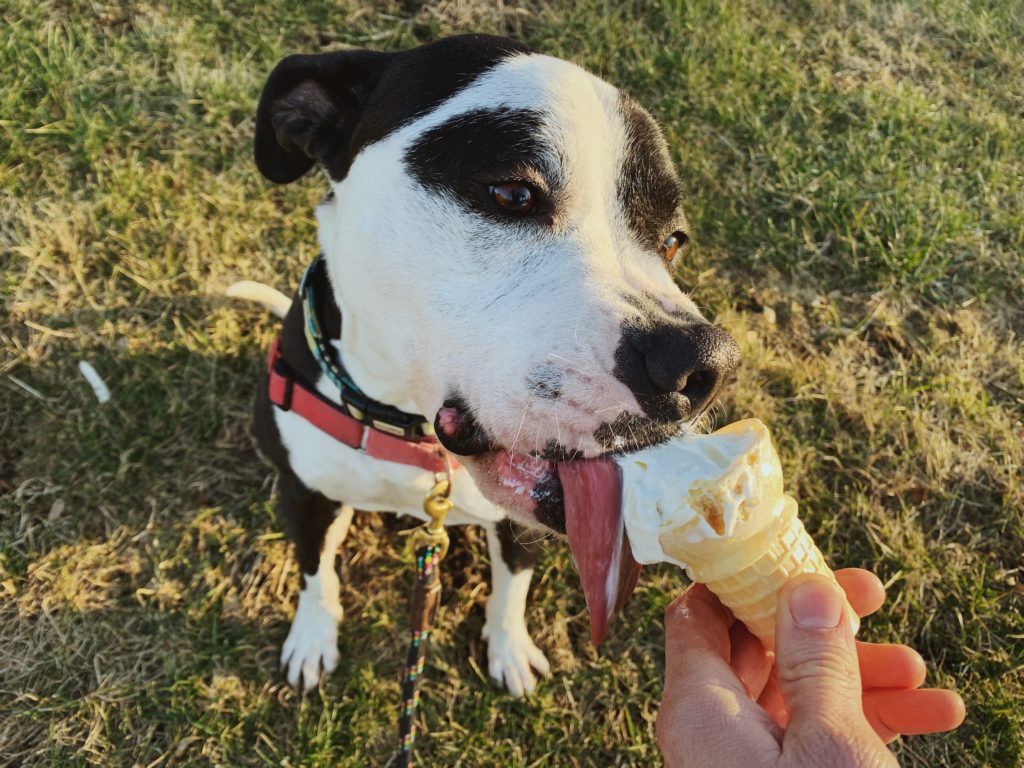
Ideally, you would have two handlers in total, one per dog. If this is not possible, you can use a tether, pen, or baby gate. Dog A (guarding dog) will be restrained, or a leash will be held and will have an item they care about, but that is not the highest value item. Dog B (non-guarding dog) will approach but will stop far enough away where Dog B won’t be concerned or start to guard. As Dog B approaches, you will use a marker word or a clicker and treat Dog A for remaining calm. Next, gently bring Dog B away, use a marker word or a clicker and treat Dog B for not going for the resource.
Again, the goal is to see NO reaction! If you see any response from either dog, stop, add distance, and reassess.
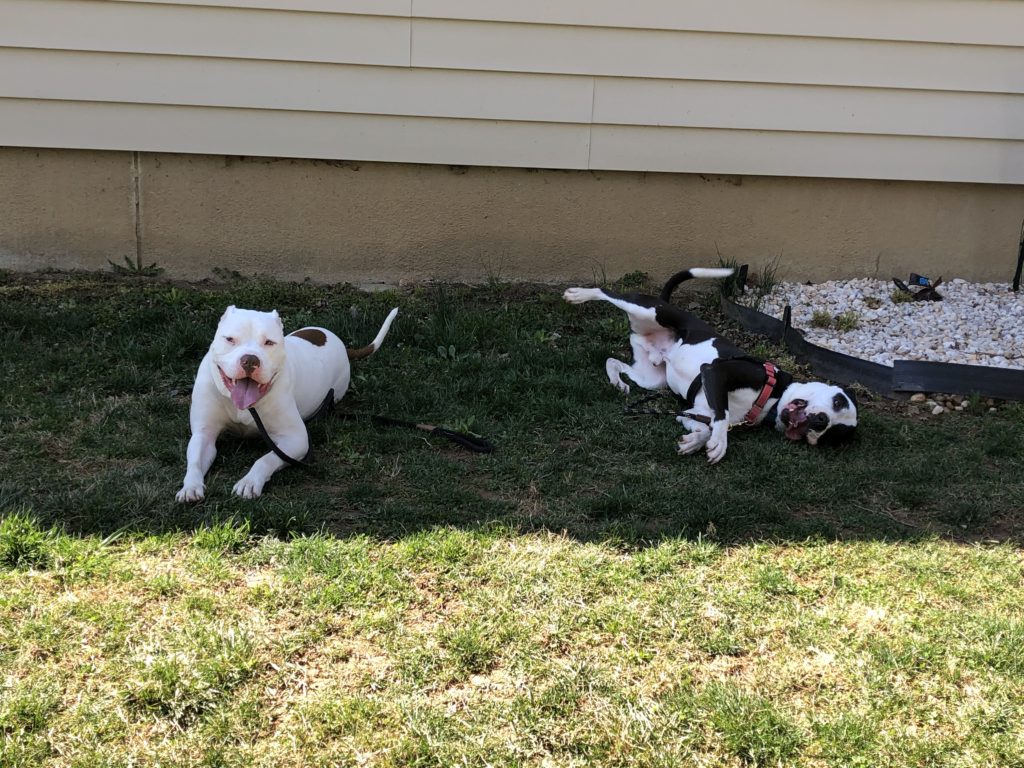
Repeat this process slowly, getting closer, until Dog B can walk by Dog A, and neither dog reacts. This will take time and should be done in short sessions. If an incident happens between your dogs, do your best to stay calm and not punish the guarding dog. Calmly remove the dogs from the area and make sure you note the incident in your log.
Resource guarding dogs can live fulfilling and happy lives with routine, guidance, and training.

